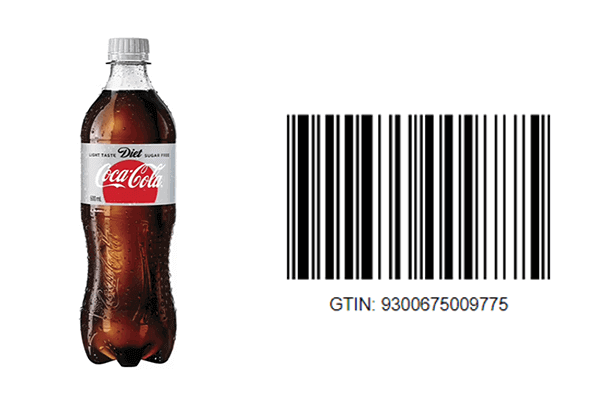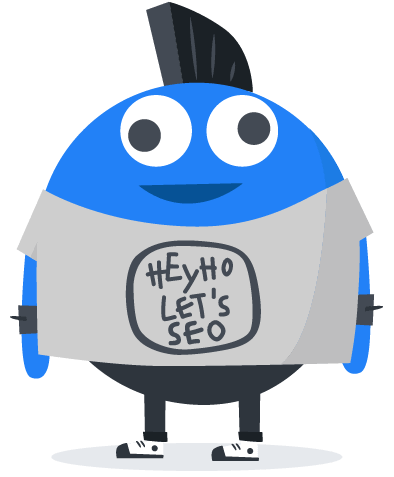Providing accurate, high-quality product data to search engines helps your customers have a smooth shopping experience and enables you to improve your products’ visibility via free product listings and ads on search engines such as Google and Bing. Google has lately re-stated the importance of accurate product listing and correct use of unique product identifiers (UPIs).
What are Unique Product Identifiers (UPIs)?
Global Trade Item Numbers (GTINs), Manufacturer Part Numbers (MPNs), and brand names are all examples of UPIs. A UPI is a number or code that uniquely identifies the product in the eyes of the customer. A UPI helps us identify a specific type of product or a colour variation for that product worldwide.
What is a GTIN, and why are they so important for Google?
GTIN is the acronyms for Global Trade Item Number and is an identifier for products, developed by GS1; a standard organization focused on business communication.
While Amazon uses its unique identifier within its network called ASIN (Amazon Standard Identification Number; a 10-character alphanumeric unique identifier assigned by Amazon.com), Google, since 2015, has been using GTIN for product identification. The main advantages being:
- Each code is unique – across an entire value chain, a specific product will always have the same GTIN code;
- Using GS1 and accredited global registers, there is always a way to check where each product is coming from;
- It works globally. A product created in Australia, when sold in Italy can always be “recognized”
The first thing you should know is that a GTIN consists of a combination of 12-13 or 14 numbers and letters and has incorporated other standards such as ISBN (International Standard Book Number), IAN (International Article Numbers), UPC (Universal Product Codes) and many others product identifiers.
Let’s take, for example, the GTIN for the Diet Coke 600ml bottle sold in Australia. This product has the following GTIN: 9300675009775 and this translates in the barcode below.

Behind this GTIN/barcode, we can immediately learn new things about the product.

For example, we can see that the product was manufactured in Australia by a Coca-Cola branch and that the plastic bottle contains 600 ml of Diet Coke.
GTIN, besides barcode, can also be encoded in an QR-Code/EPC/RFID tag. By scanning the barcode/QR-Code or EPC/RFID tag, companies can efficiently and accurately process products and related information. Read more about GTIN on the GS1 website.
What product identifiers are used by eBay?
eBay, much like Google, uses an item’s brand, manufacturer part number (MPN), and global trade item numbers (GTINs) for product identification. Here is all you need to know about eBay and UPIs.
Why is a GTIN important for the SEO of your E-Commerce?
GTIN provides accurate and rich product information to Google, Bing and other marketplaces. You can feed product information using both Structured Data and Google Merchant Center (the platform Google uses to ingest product data from retailers) or Microsoft Merchant Center. When you add a unique GTIN for each of your products, it will be much easier for Google and other marketplaces to match your products with other sellers’ products. This will also make it easier for potential buyers to find exactly what they’re looking for.
When adding GTIN information to all your product pages using structured data markup, you effectively help search engines connect searcher for that specific product with the content on your web page. Let’s look at another example this time starting from Google’s SERP.

Here we have a pair of Oakley sunglasses that appear when using GTIN code 888392335937 directly in Google’s search. If we look at the Shopping tab, we immediately see the associated product information page from Oakley. Now, if we look at the structured data behind this page on the Oakley website, we find the same GTIN that we used in Google’s search 👇.

What if I don’t have a unique product identifier for all my products?
If you are a manufacturer of the product you can get your unique product identifier from GS1 directly – here is how. Alternatively, you can of course create your own codes and adopt a proprietary product identification system using unique Stock Keeping Unit numbers (SKUs) or Manufacturer Part Numbers (MPNs). As you can imagine, adopting a global standard like GTIN makes things a lot easier. If you are reselling products created by others, then it is best to check the manufacturer’s website to see the correct product identifier.
Can GTIN become accessible as a Web URL?
Yes, GS1 Digital Link standard has been created to extend the power and flexibility of GS1 identifiers by making them part of the web. If you’re adding a QR code or NFC tag to a product, using the GS1 Digital Link standard means sharing the same data you have on your E-Commerce site in the physical world.
Can I share structured data in the physical world? How?
We call it Physical SEO and it is the way to link product metadata, commonly used on the E-Commerce website, with the real world. Using GS1 Digital Link we can bring the same information that we publish using structured on the product’s barcode (NFC or QR-Code).
We do this by adopting GS1 standard to turn a GTIN code, like the one used for the Holbrook sunglasses, into a Web Address.
Here are the HOLBROOK™
Here is the GTIN: 888392335937And here is the product data behind their Digital Link
Imagine a GS1 Digital Link as a companion for the product that carries the same information that we have on the E-Commerce site.
If this is something you would like to talk about in more detail, drop us an email. We are happy to help your E-Commerce business improve its rankings on Google and Bing.
| DISCLAIMER: part of this article has been generated using Natural Language Generation. All content has been duly reviewed by a human 😉. |
Must Read Content
The Power of Product Knowledge Graph for E-commerce
Dive deep into the power of data for e-commerce
Why Do We Need Knowledge Graphs?
Learn what a knowledge graph brings to SEO with Teodora Petkova
Generative AI for SEO: An Overview
Use videos to increase traffic to your websites
SEO Automation in 2024
Improve the SEO of your website through Artificial Intelligence
Touch your SEO: Introducing Physical SEO
Connect a physical product to the ecosystem of data on the web




